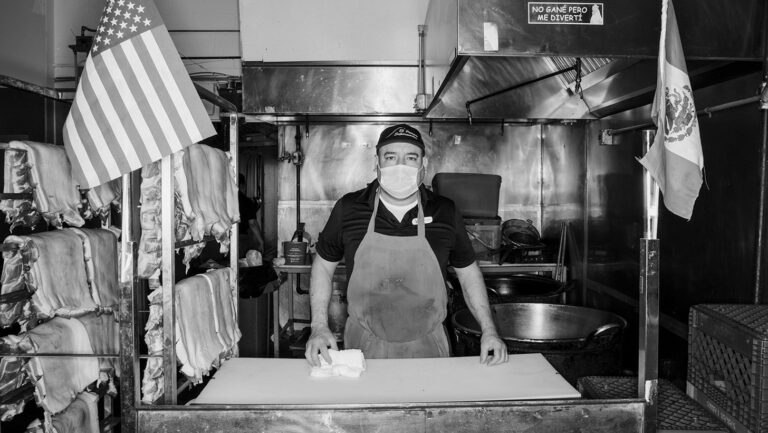It turns out her name is more than fitting. Apparently, Unit did a residency at some Santa Fe college and wasn't too pleased with her experience in New Mexico. “It's so damn brown here,” she whined. “How can people live in a place with no colors?”
Are you kidding me? This statement could only come from someone who's walking around with her eyes closed. For over a 100 years, artists have flocked to New Mexico to mine artistic inspiration from our unbelievable, multi-hued landscapes.
A new exhibit at the University Art Museum examines the work of numerous internationally renowned modernist artists who worked and lived in Taos at some point in their lives. Although most of the art on display is distinctly nonfigurative, the influence of Northern New Mexico's breathtaking natural scenery is evident, to one degree or another, in almost every piece in the show.
University of Southern California professor Keith Crown began working primarily in watercolor in 1956 after taking up part-time residence in Taos. His “Taos Embraced by Taos Mountain” epitomizes the raw aesthetic power of the area around Taos. It does so by using a visual language that teeters on the brink of pure abstraction.
Crown's layered, rough geometric forms transform the valley and mountain into a kind of two-dimensional shrine. Shapely, vaguely threatening clouds of color dwarf Crown's tiny green mountain, rising almost inconspicuously in the center of the painting while streaks of human development radiate outward from it like spokes on a wheel.
Andrew Dasburg takes another approach. One of the first American modernist artists, Dasburg arrived in Taos in 1918 at the invitation of the famous art patron Mabel Dodge Luhan. He remained there until his death in 1979. During the '30s, an illness prevented him from painting for almost a decade. When he finally took up the brush again in the '40s, he developed a new compositional approach aimed at translating the underlying geometry of the Taos Valley.
His 1959 “Winter Planes” is a prime example from this period. The pastel on paper composition features a tilted white grid that suggests snow lying thickly across empty winter fields. A slim gray triangle of mountain sticks to the horizon backed by a yellowish chalky sky. The image dispenses with Crown's lush interpretation of the Taos landscape by stripping the valley down to its barest geometric essentials.
Other painters in the show embrace a more complete abstraction. In 1938, Emil Bisttram helped found, along with Raymond Jonson, the Transcendental Painting Group, a small band of artists fueled by the belief that spiritual concepts could best be expressed in abstract visual forms.
His untitled mixed-media on paper composition from 1937 exhibits some of the aesthetic qualities characteristic of the group. Thick black lines divide blue and earth tone fields and strips. Three orbs of different sizes float in the background, like after-images of the sun. Even here, you can sense subtle hints of the shapes and colors of the New Mexico landscape.
It's impossible for any sensitive visual artist to live and work here in New Mexico and not be affected by our glinting, shape-changing land and sky. In 1947, Mabel Dodge Luhan wrote that visiting artists can't help but absorb New Mexico's “beauty and terror, sun and shadow, revealing almost indefinable subtleties in the golden light and abysmal shadows.”
As they developed to artistic maturity in the middle of the century, the Taos modernists created some of the most radical and enduring images in 20th century art. The land in which they labored deserves at least half the credit for their success.
Taos Modernists runs through Aug. 22 at the University Art Museum. 277-4001.








